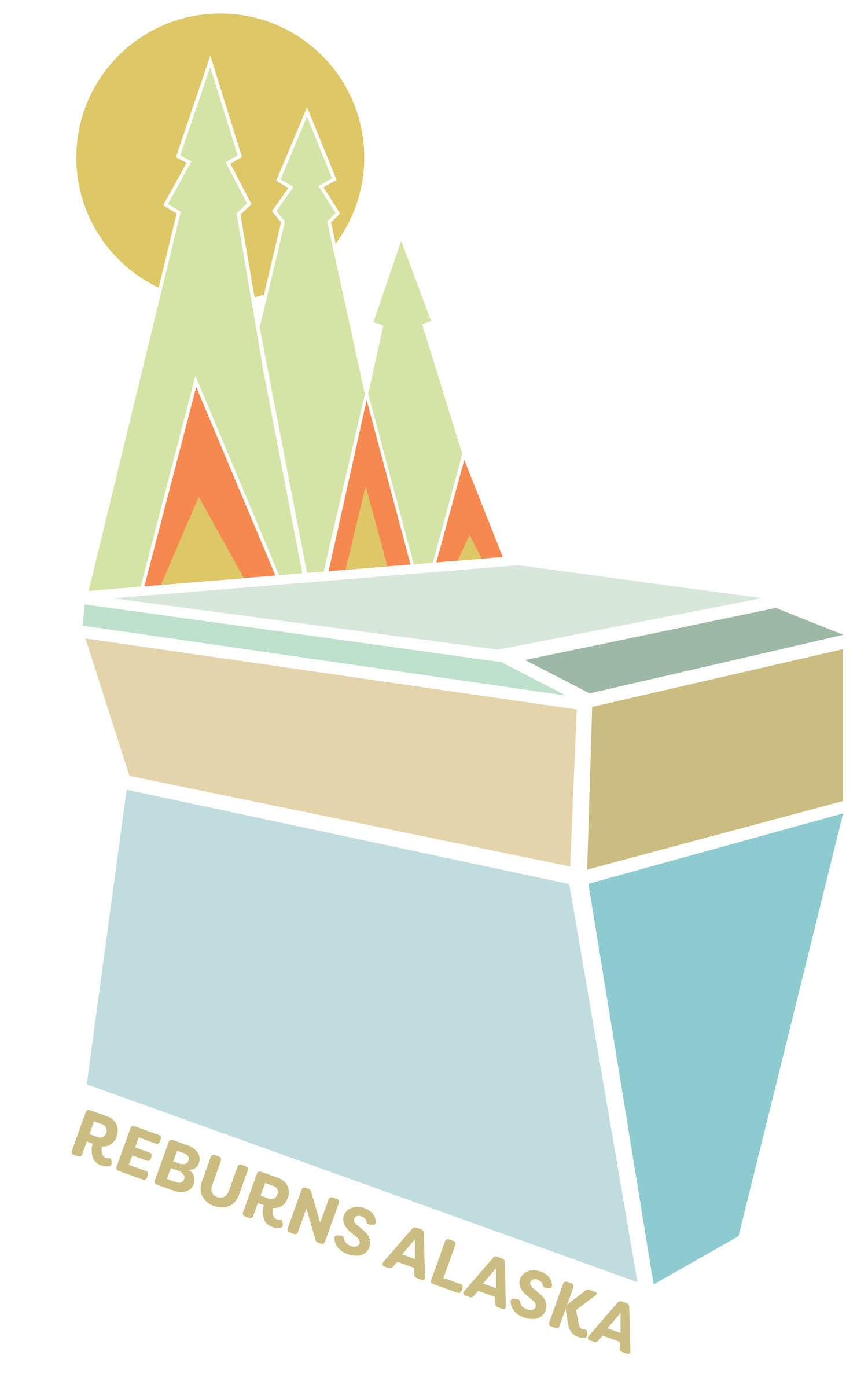Regional Impacts of Increasing Fire Frequency and Climate Change on Carbon Dynamics and Species Composition
About
The Arctic is warming faster than any other area of the world and its boreal forests have experienced dramatic increases in the size and frequency of fires. The fast pace of these changes has prompted concern because boreal forests make up about a third of all forests worldwide, contain almost half of the world's stored carbon, and have been historically stable with black spruce dominating this landscape for the past 6,000 years. Warming of 2-8 °C is projected by the end of the century and the emergence of a new fire regime threatens to disrupt this forest ecosystem.
Objectives of our Research
1) incorporate field studies and model simulations to determine how fire frequency and climate change affect shifts between vegetation types (e.g. switch from conifer to hardwoods) and long term carbon storage in this vast and under-studied region.
2) train graduate students and teach at ASRA (Alaskan Summer Research Academy, https://www.uaf.edu/asra/), a camp for middle school students held in Fairbanks, Alaska.
3) The investigators will also collaborate with ScienceLIVE (https://www.lessonsinlifescience.org/), a nonprofit organization dedicated to creating a stronger relationship between science and the community by bridging the gap between scientists and K-12 students through video-based lesson plans.
all photos by Dr. Melissa Lucash or Dr. Robert Scheller unless otherwise noted.

